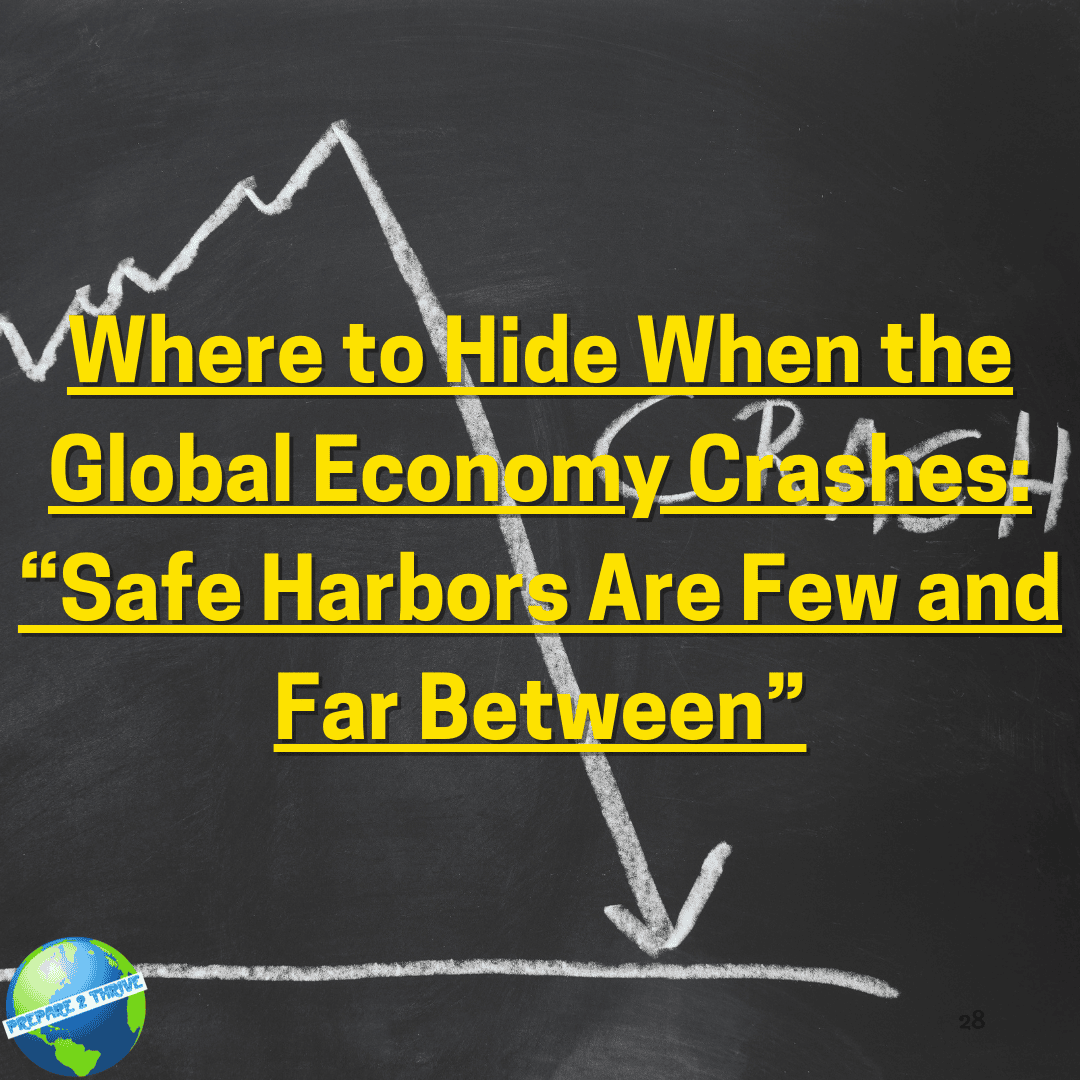Security

Protect your sailboat and crew from potential threats. Learn strategies for self-defense, safeguarding your supplies, and maintaining situational awareness on the open water.
The following articles are all about security, before, during, and after emergency events and disasters.
-
Learn how to equip your sailboat with an onboard AI system to boost navigation, security, and survival in a post-apocalyptic world. Discover the benefits, risks, and step-by-step instructions to build your own rugged, offline-capable AI for liveaboard resilience.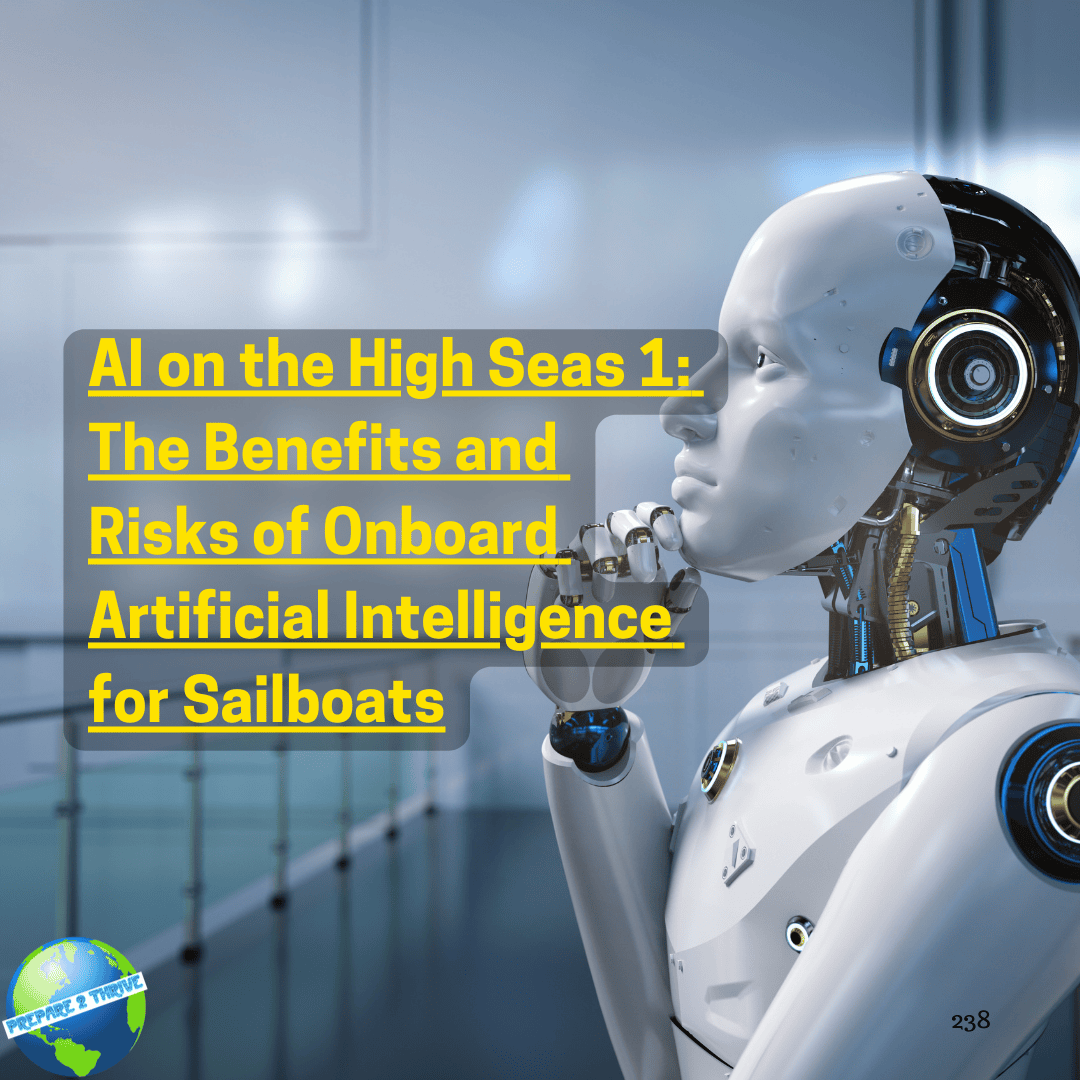
-
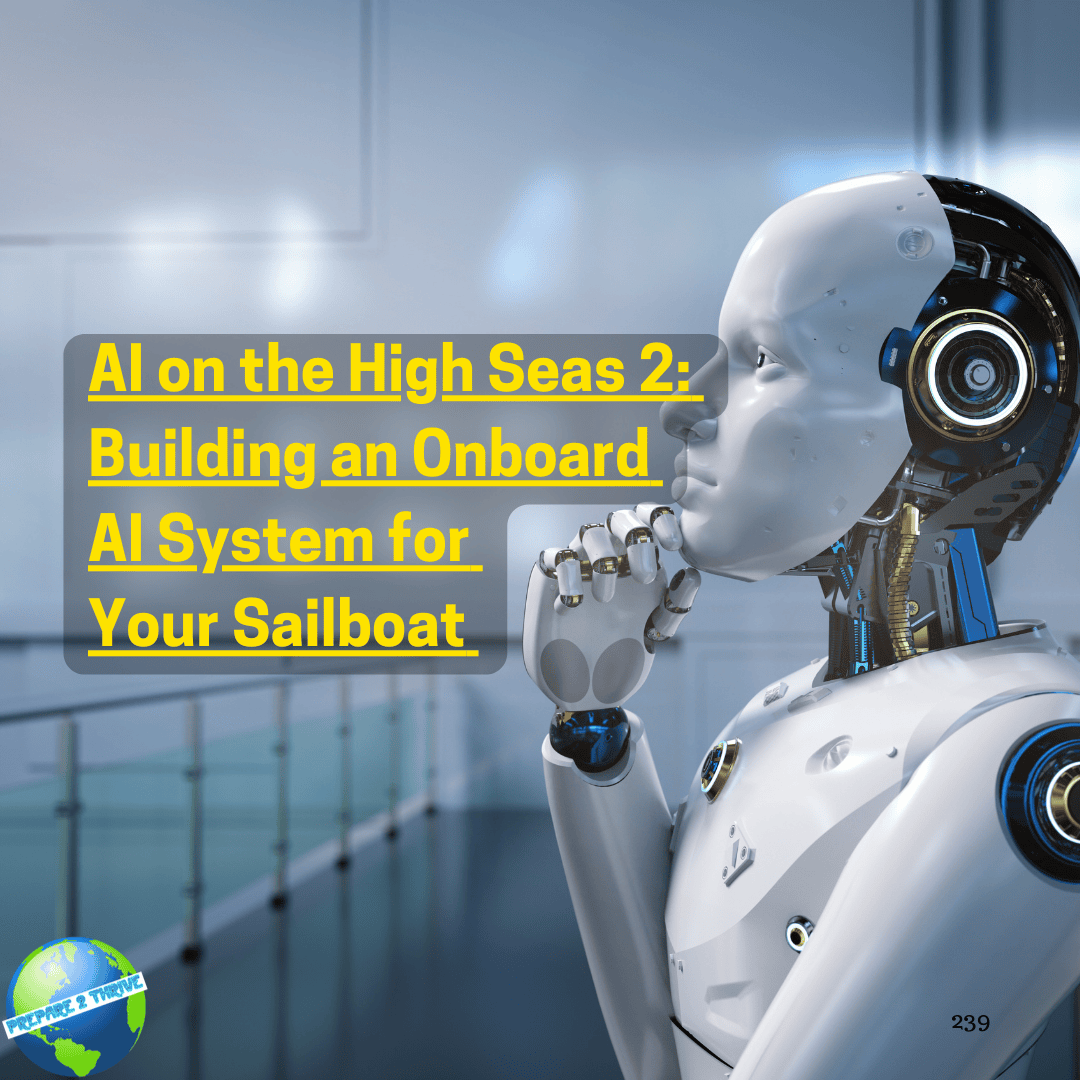
-
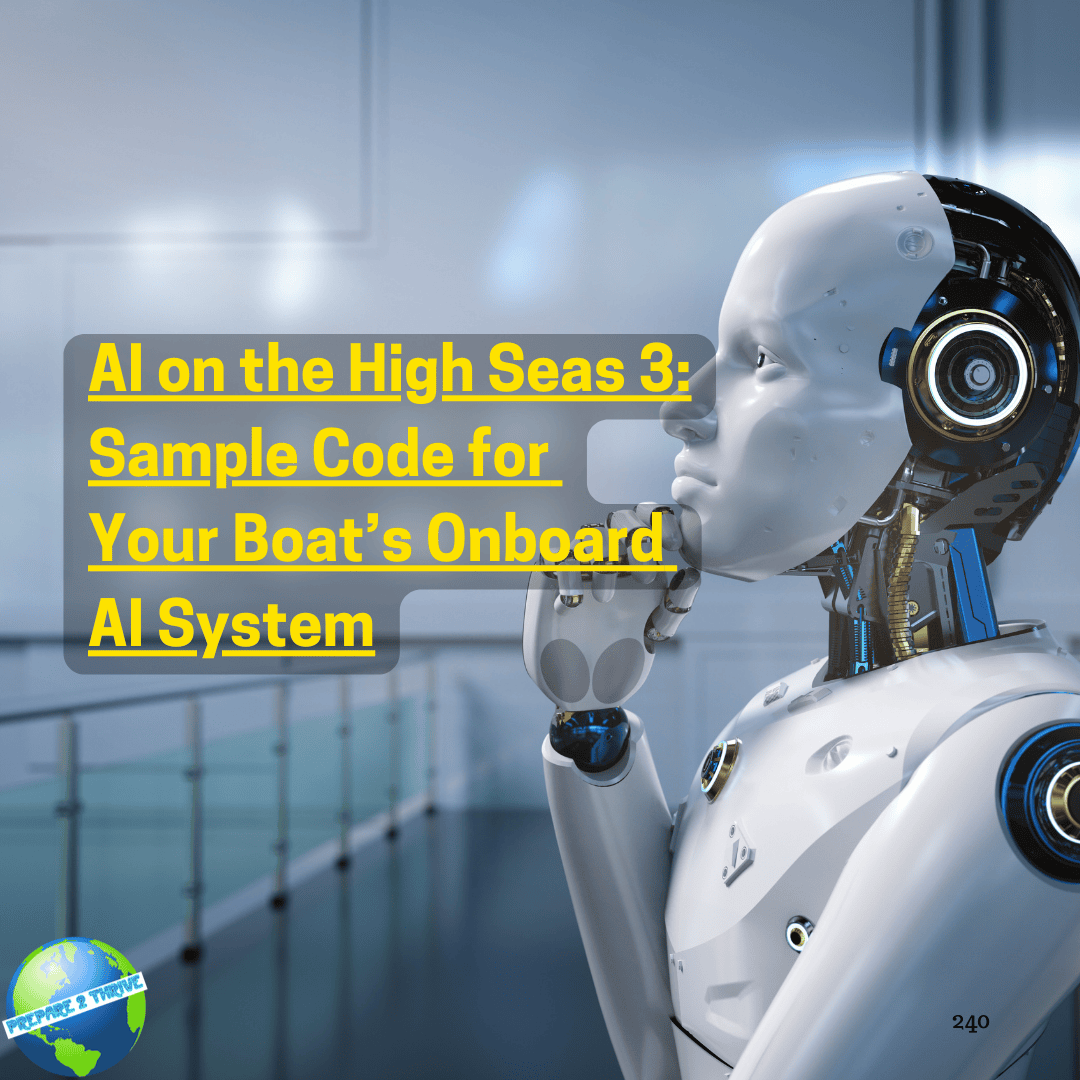
-
Discover the truth about catamarans and their safety for ocean crossings. Our expert team at Prepare2Thrive provides valuable insights and tips to help you make an informed decision. Explore our comprehensive guide today!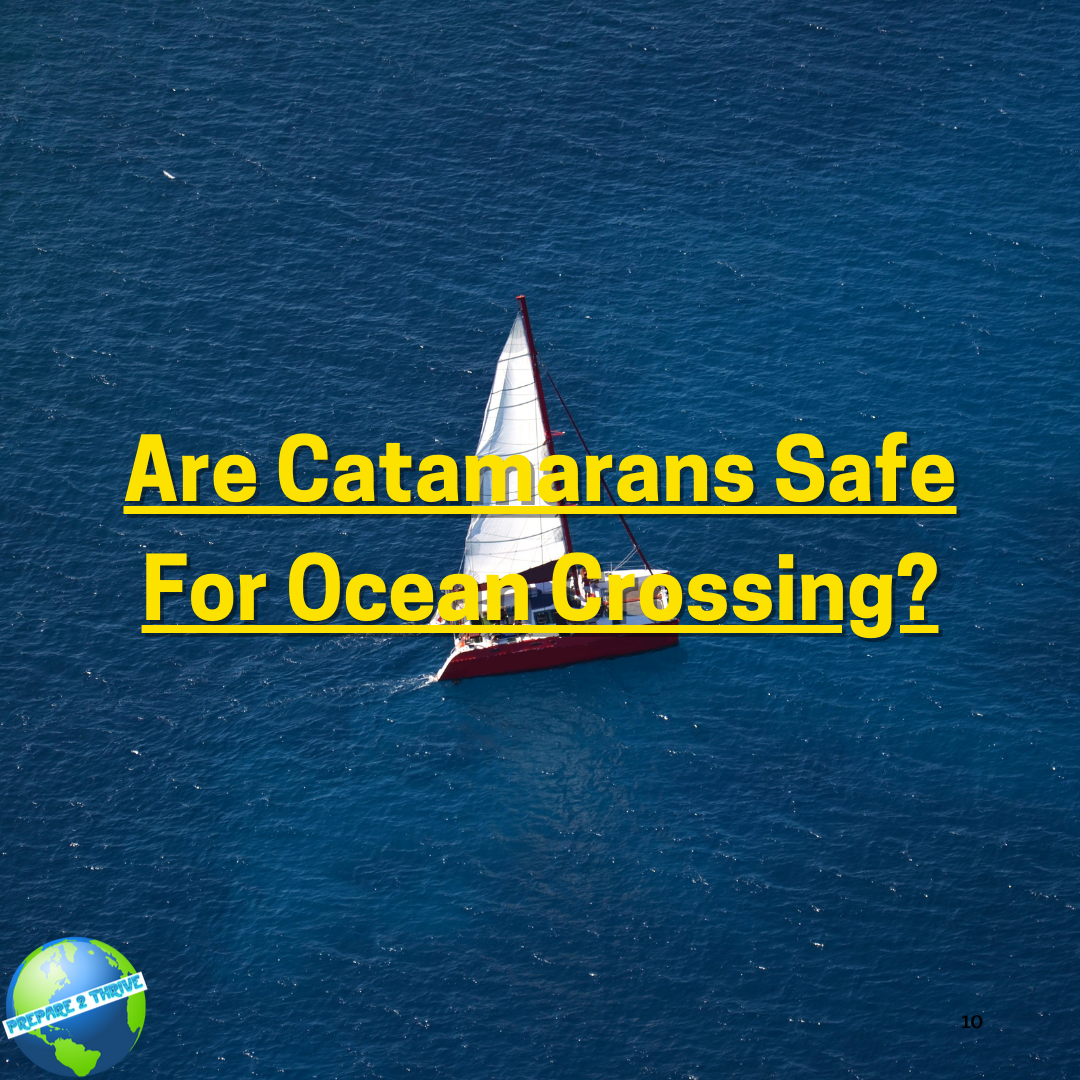
-
Discover the latest insights and news on border security with Prepare2Thrive. From the good to the bad and the ugly, stay informed and prepared with our expert analysis and advice.
-
Prepare2Thrive offers expert advice on crossing borders in a crisis, including tips on passports, cash, credit, and respectability. Stay safe and prepared with our comprehensive security guides.
-
Discover essential signs to look out for when sailing through or away from disaster zones. Learn how economic instability, political turmoil, and social unrest can signal impending crises. Get strategic navigation tips to ensure your safety on a sailboat during emergencies.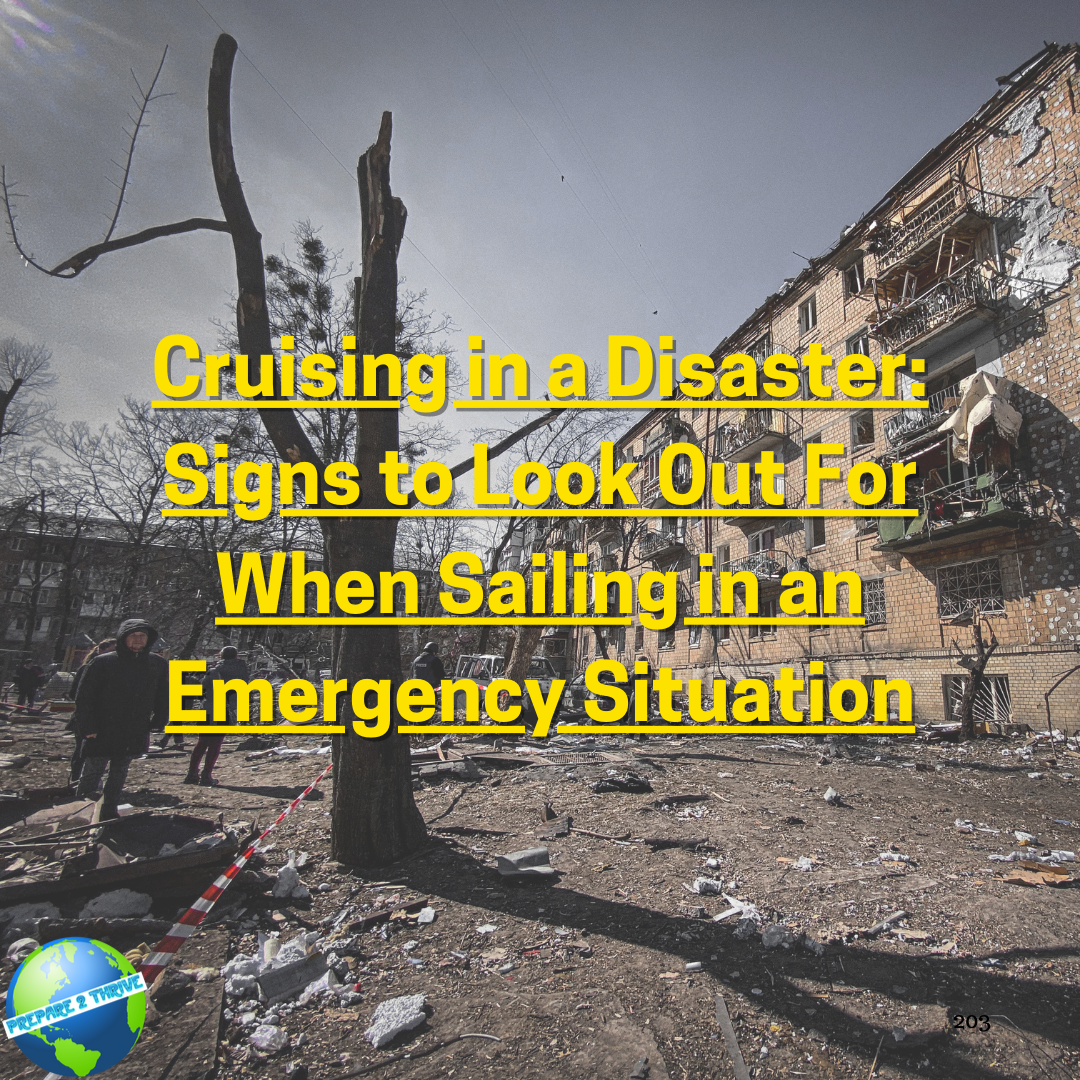
-
Discover how long society would last during a total grid collapse and learn how to prepare for such an event with Prepare2Thrive's comprehensive guide on electricity. Get expert insights and practical tips to help you survive and thrive in a post-grid world.
-
Prepare2Thrive offers expert advice on how to prepare for a disaster with 10 essential steps to ensure survival. Learn how to develop a resilient mindset and be ready for any emergency.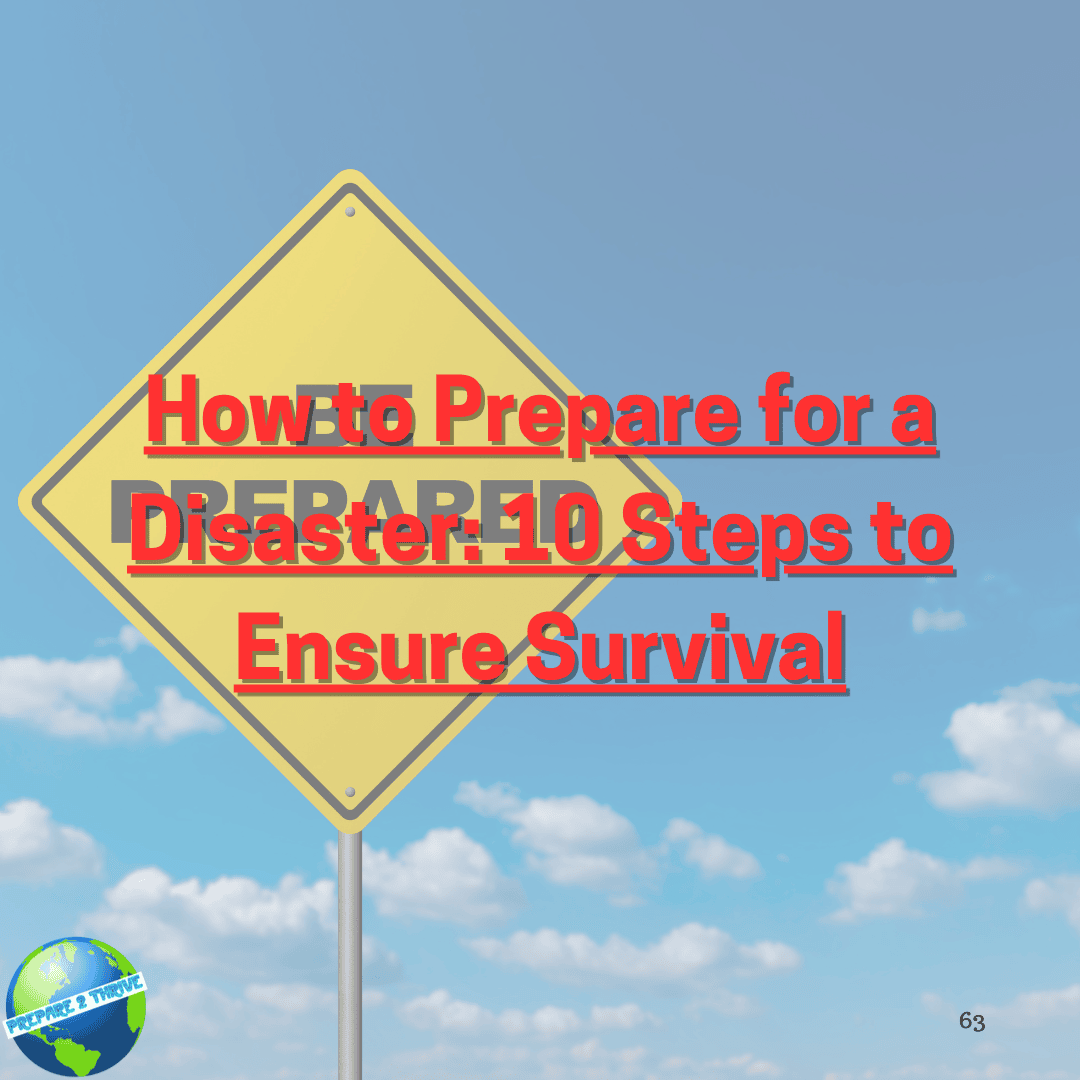
-
Discover the latest insights and strategies to protect yourself and your business from piracy. Our experts provide comprehensive guides and tips to help you thrive in the digital age. Explore our Security/Piracy category now!
-
Explore a new era of preparedness as preppers shift from anticipating disaster to preparing for prosperity. Discover how adapting survival skills to everyday life fosters self-sufficiency, resilience, and positive contributions to a thriving future.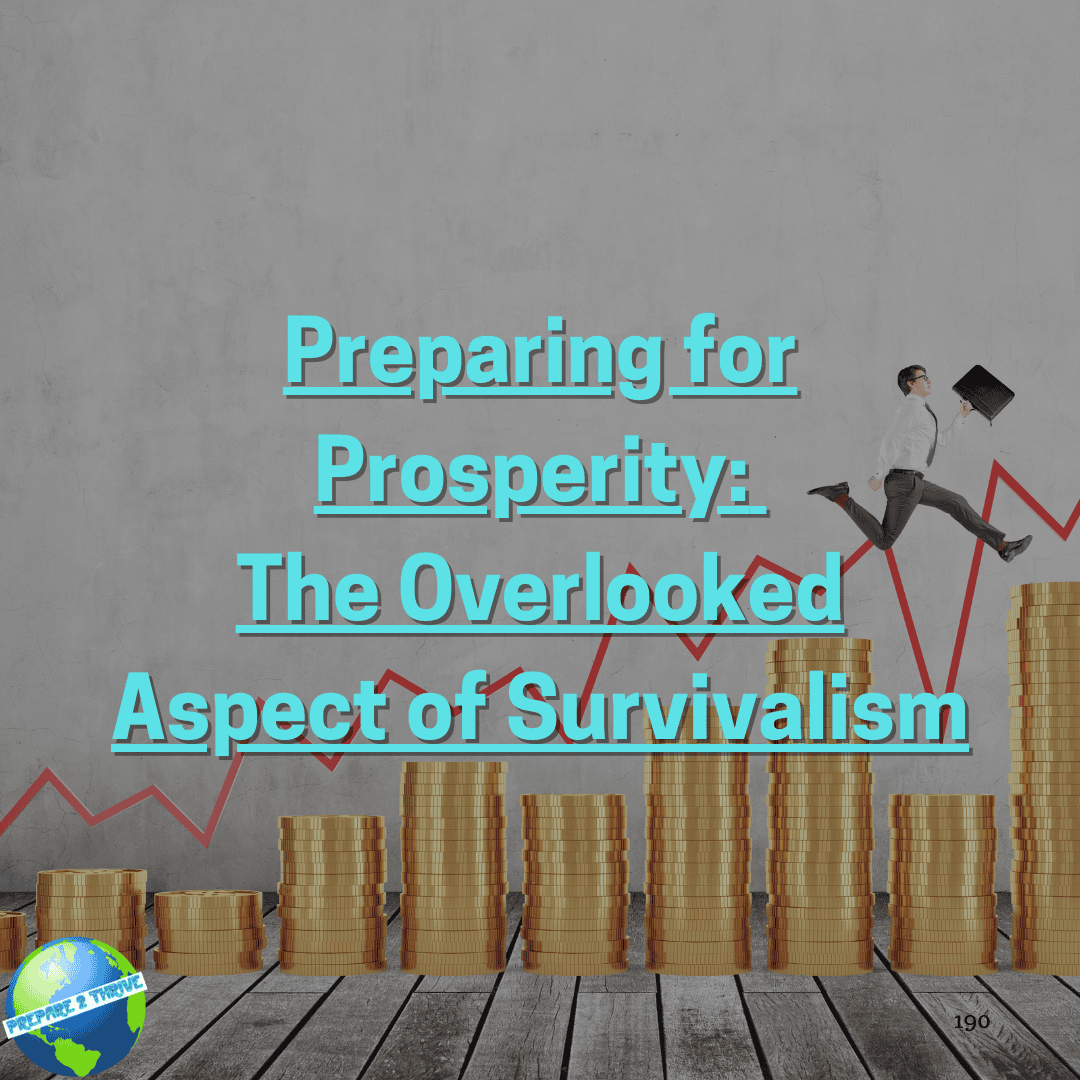
-
Sailing is an adventure that comes with risks and dangers, such as piracy and looting. This article provides practical tips and advice on how sailors can protect themselves and their vessels. From understanding potential threats to implementing physical security measures, crew training, and dealing with attacks, sailors can navigate legal and ethical considerations while enjoying the freedom and a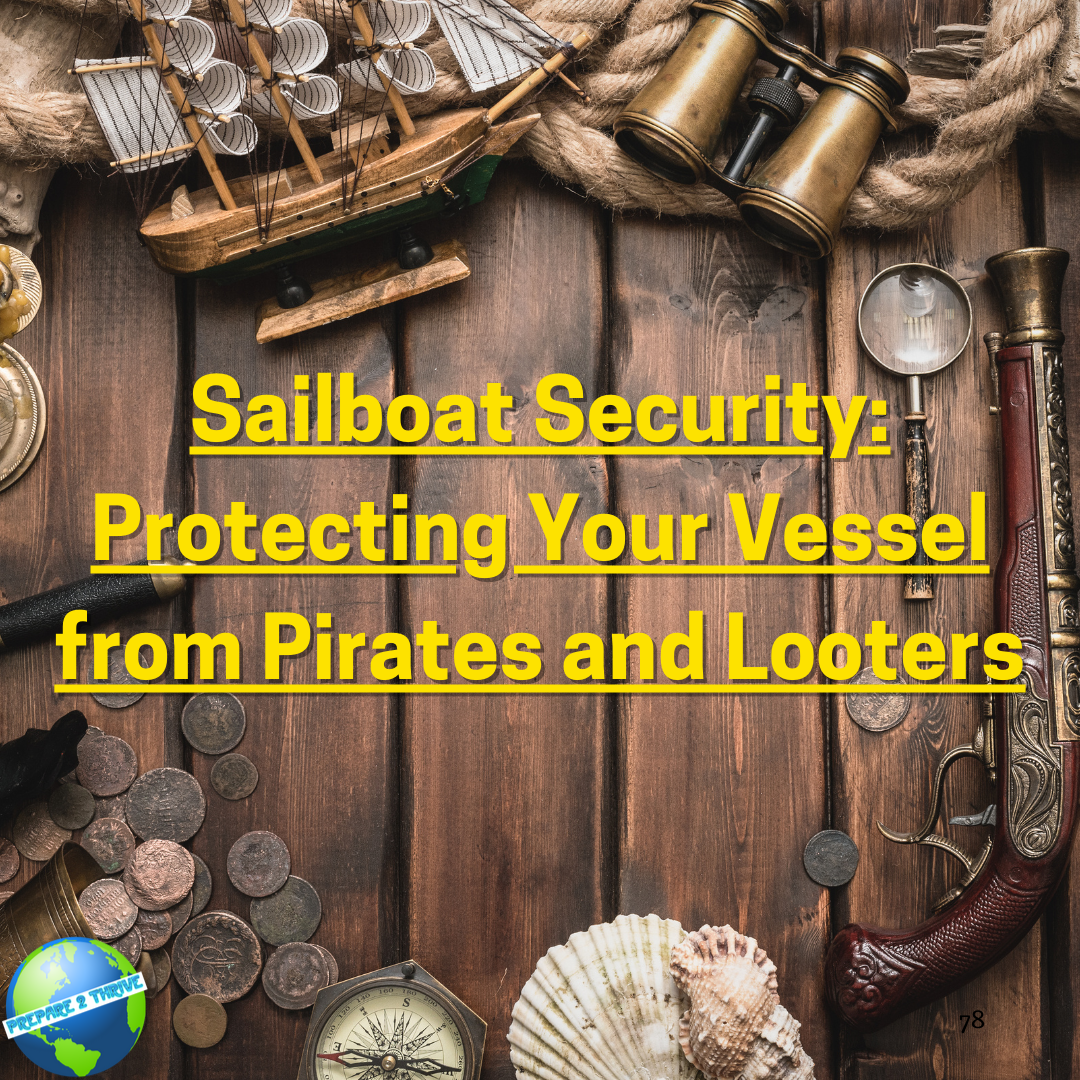
-
Discover the latest insights and strategies for securing your cryptocurrency investments with Prepare2Thrive. Stay ahead of the game and protect your assets today.
-
Learn essential self-defense techniques and training strategies specifically tailored for preppers. Enhance your personal security and preparedness with this comprehensive guide.
-
Learn effective strategies for urban survival in a post-apocalyptic city. Discover essential tips and techniques to thrive amidst the challenges of an urban environment during a crisis.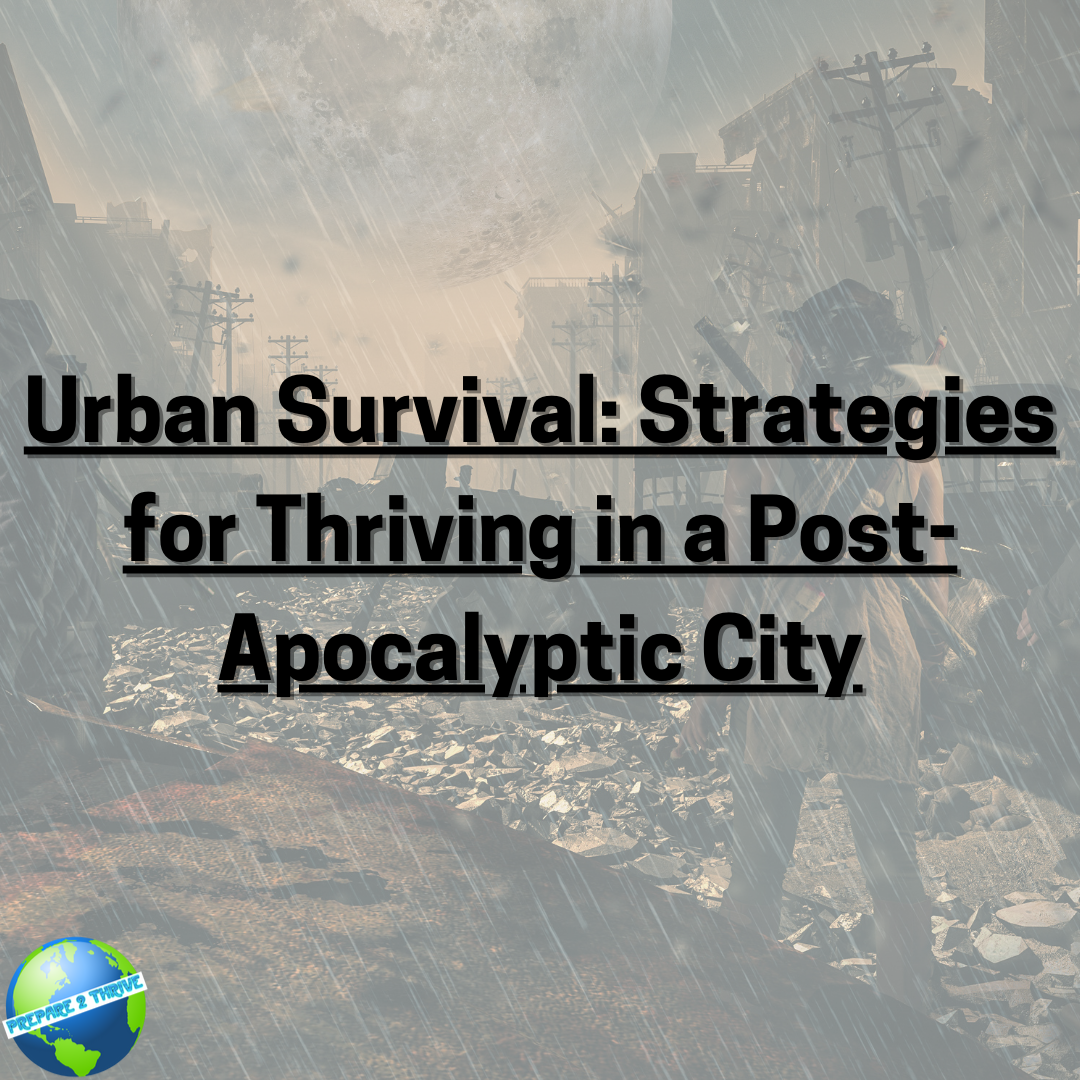
-
Canada and Mexico’s strategic tariffs are not just a trade war but an economic realignment that could change the future for Americans. With near-total boycotts of US products, Canadian consumers are driving a supply chain crisis. This article details how American exports to Canada are plummeting, leading to empty shelves in US stores like Walmart while Canadian-owned retailers thrive.
-
Discover the best places to hide when the global economy crashes. Safe harbors are few and far between, but we've got you covered. Prepare2Thrive has all the in